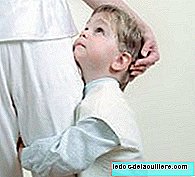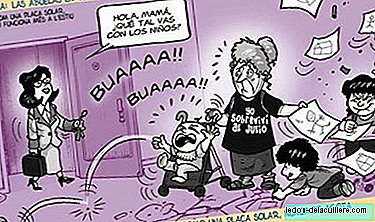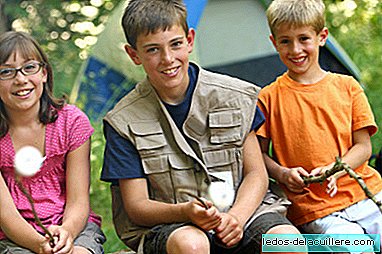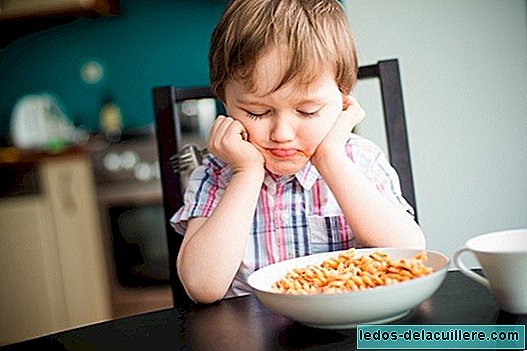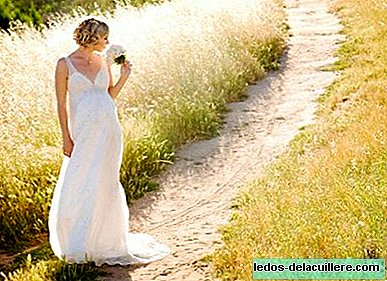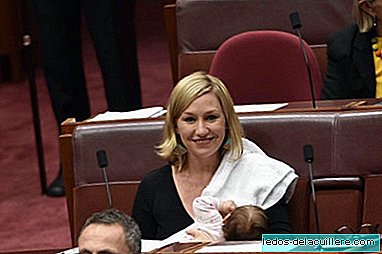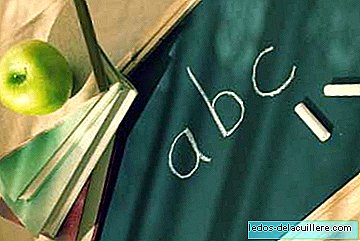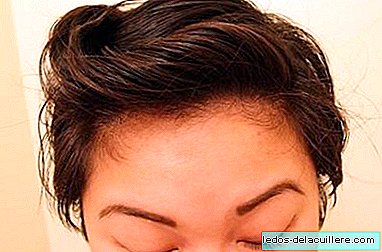
We've talked a lot on the blog about pediculosis cases in children, but, What to do if you are breastfeeding and have lice? It is not an exceptional or exclusive case of disadvantaged environments. You may have children who have been infected in school and in turn have passed the lice to you, or you may work with young children and there have been pediculosis ...
The fact is that we are going to try to get rid of lice, but in a safe way. The first thing to do is to control the rest of the family to see where the lice have come from and start the treatment together. The mother must know that there are safe products during breastfeeding to eliminate lice.
We remind you that against lice you have to establish a treatment that includes products such as locines, creams, shampoos ..., manually remove the nits and repeat the cycle at seven to nine days, as indicated by the product in its instructions.
For nursing mothers there is no risk in the use of special fine combs to treat pediculosis, but what about lice lotions? These contain chemicals that could be transmitted to the baby, so be sure that the cream or lotion we use is safe.
Safe lice lotions during breastfeeding
We have been consulting the e-lactation website, where a group of products called "Ectoparasiticide, repellent insecticide" appears. Here we talk about several products, with a different level of risk for breastfeeding. Let's see them one by one.
- The component of most lice lotions, the permethrin (included in products such as Sarcop, Kife-P), appears with a zero level of risk for breastfeeding.
Recall that permethrin is used to treat lice and mites that adhere to the skin in adults and children of two months or more. It would therefore also be suitable for the baby if he has already reached this age and also has lice; Luckily, many babies still do not have enough hair so that lice can find a safe and inviting place in their head. I must say, however, that in some sources do not recommend this product for children under two years.
- The same zero level of risk presents the components "Pyrethrin, Pyrethrum Flower, Pyrethrum of Dalmatia, Chrysanthemum" which are also used as ectoparasiticides and which appear as harmless during breastfeeding.

Anti-lice products not safe during breastfeeding
- Care must be taken, because in the same list there are products with risk level 1: Benzyl benzoate, Butoxyl Piperonyl, Malation (Prioderm). They indicate that there is little chance of skin absorption in milk, but that you do not have to put the products on the chest or clean this after application.
On many occasions, pyrethrin (zero risk level) appears combined with butoxy (risk level one) in a shampoo: it is better to choose products that do not combine them.
- In the list of e-lactation we even found a component with risk level 2, which would not be recommended in any case during breastfeeding: Lindane, Gammabenzene Hexchloride (in products such as Yakutin, Kife). Here they point out that it is an insecticide of great liposolubility, it is very absorbed through the skin and is not recommended in newborns or infants under two months. If used, thoroughly wash the breast before breastfeeding.
Remove lice completely
In any case, look carefully at the product leaflet you use for repeat the process once the relevant days have elapsed (usually between seven and ten) to prevent the nits not eliminated previously hatching and the lice to return to their wide range.
In the case of the mother with lice, it is prudent a preventive treatment at the same time in people who share the same bed with her. The treatment must be repeated after the days indicated by the specific product, because there is no pediculicide that is completely ovicidal (that is, that kills the eggs, nits). The daily check with the comb antiliendres is highly recommended.
As it is necessary to avoid contagion by contact (head to head or hair to hair) it is advisable to take the hair collected for a season, also to avoid that, without realizing it, the baby can take a lock of hair that impregnated the hair lice product.
You have to wash pillows, cushions, towels and clothes that had been in contact with our head the previous days, in case there were any lice that could pass to the baby or other family members.
In short, they are not pleasant to anyone, but lice worry us a little more if we are breastfeeding the baby. There are safe ways to kill lice during breastfeeding, and we hope these tips help you.
Photos | viviannguyen_ and Vince Smith on Flickr In Babies and more | Lice: myths and truths about pediculosis


